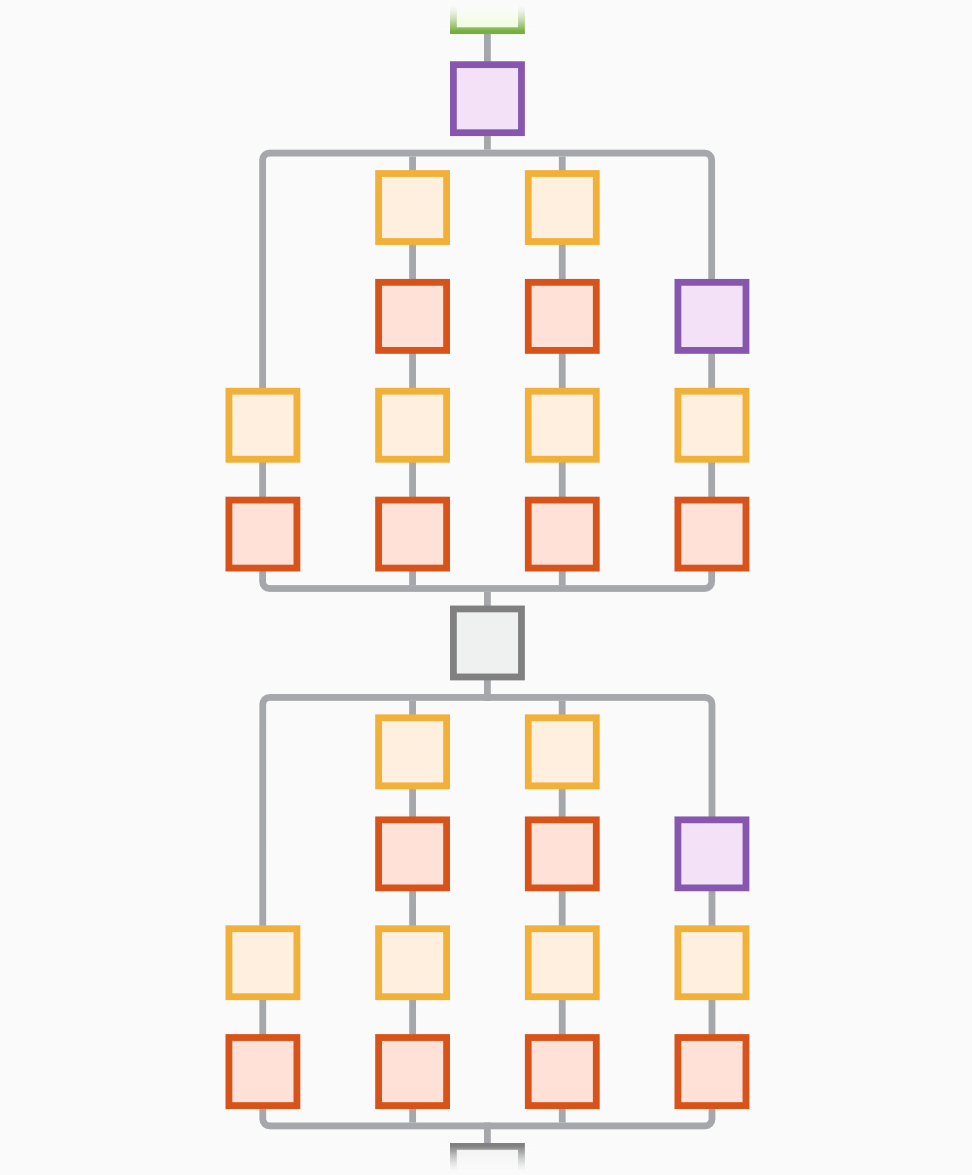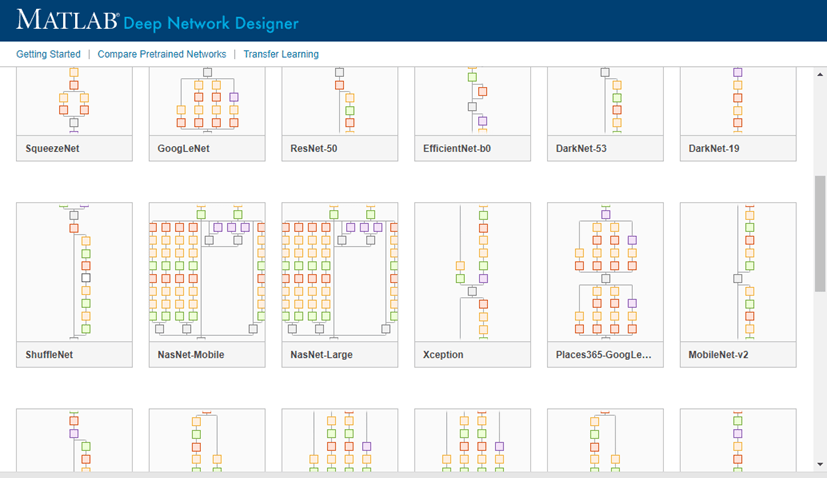googlenet
(不推荐)GoogLeNet 卷积神经网络
不推荐使用 googlenet。请改用 imagePretrainedNetwork 函数并指定 "googlenet" 模型。有关详细信息,请参阅版本历史记录。
说明
GoogLeNet 是深度为 22 层的卷积神经网络。您可以加载基于 ImageNet [1] 或 Places365 [2] [3] 数据集训练的网络的预训练版本。基于 ImageNet 训练的网络将图像分类至 1000 个目标类别(例如键盘、鼠标、铅笔和多种动物)。基于 Places365 训练的网络类似于基于 ImageNet 训练的网络,但将图像分为 365 个不同位置类别,例如田野、公园、跑道和大厅。这些网络已基于大量图像学习了不同特征表示。这两个预训练网络的图像输入大小都为 224×224。有关 MATLAB® 中预训练网络的详细信息,请参阅预训练的深度神经网络。
net = googlenet
此函数需要 Deep Learning Toolbox™ Model for GoogLeNet Network 支持包。如果未安装此支持包,则函数会提供下载链接。
net = googlenet('Weights',weights)googlenet('Weights','imagenet')(默认值)等效于 googlenet。
基于 ImageNet 训练的网络需要 Deep Learning Toolbox Model for GoogLeNet Network 支持包。基于 Places365 训练的网络需要 Deep Learning Toolbox Model for Places365-GoogLeNet Network 支持包。如果未安装必需的支持包,则函数会提供下载链接。
lgraph = googlenet('Weights','none')
示例
输入参数
输出参量
参考
[1] ImageNet. http://www.image-net.org.
[2] Zhou, Bolei, Aditya Khosla, Agata Lapedriza, Antonio Torralba, and Aude Oliva. "Places: An image database for deep scene understanding." arXiv preprint arXiv:1610.02055 (2016).
[3] Places. http://places2.csail.mit.edu/
[4] Szegedy, Christian, Wei Liu, Yangqing Jia, Pierre Sermanet, Scott Reed, Dragomir Anguelov, Dumitru Erhan, Vincent Vanhoucke, and Andrew Rabinovich. “Going Deeper with Convolutions.” In 2015 IEEE Conference on Computer Vision and Pattern Recognition (CVPR), 1–9. Boston, MA, USA: IEEE, 2015. https://doi.org/10.1109/CVPR.2015.7298594.
[5] BVLC GoogLeNet Model. https://github.com/BVLC/caffe/tree/master/models/bvlc_googlenet

